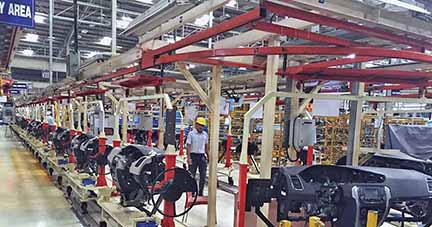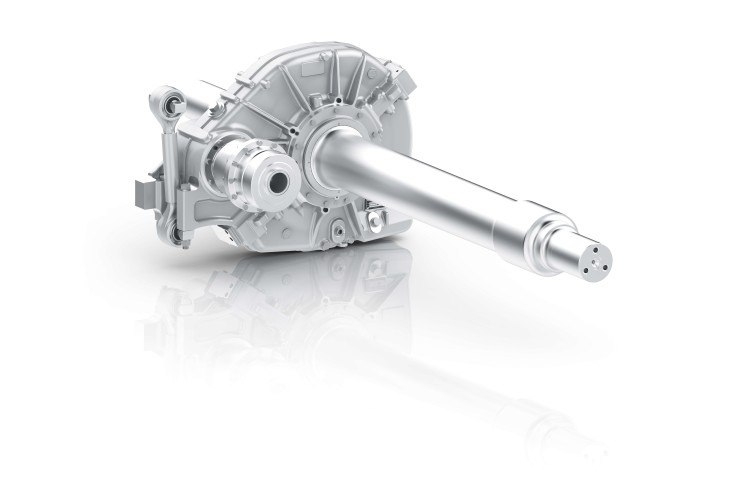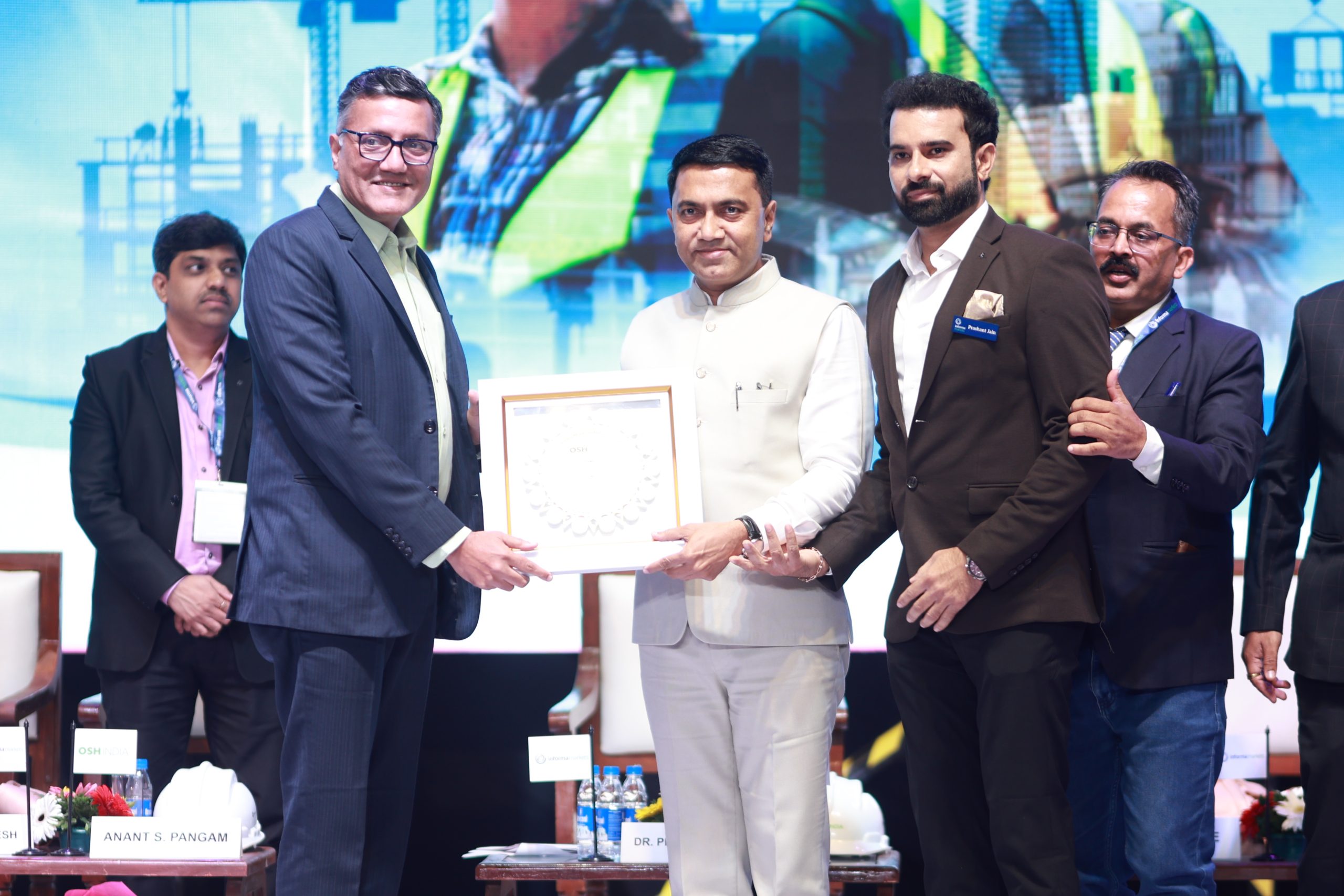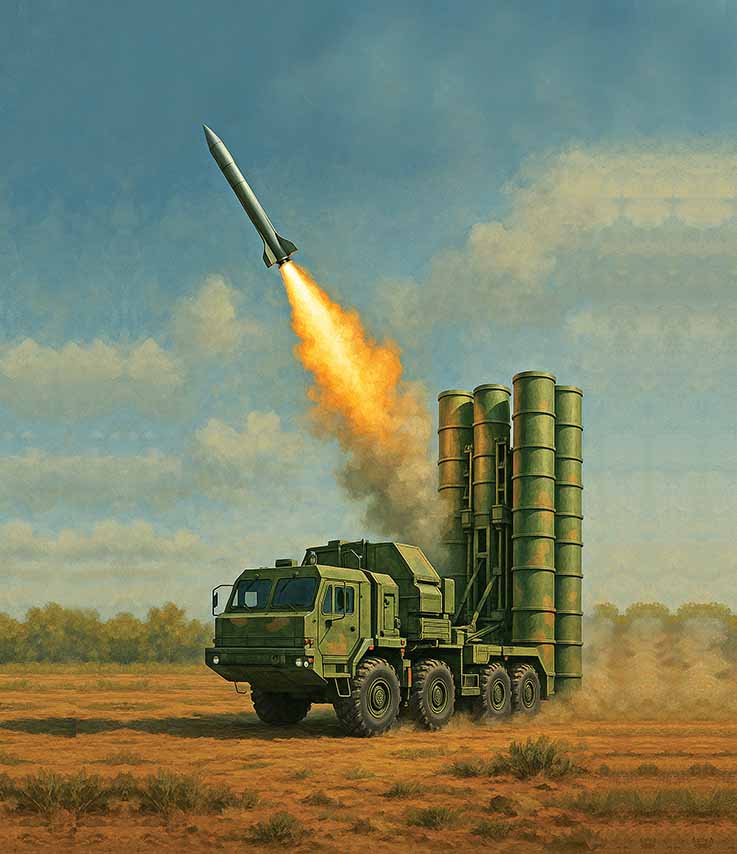ICRA projects that the capex for EV components could surge. Ashish Bhatia with Riya Yerunkar look at the forces driving the Rs. 25,000 crore surge over the next three to four years.
In recent years, India’s automotive industry has undergone significant changes due to government interventions and new compliance regimes. The, heightened consumer awareness, and the ongoing innovations with an emphasis on indigenisation have the industry heavily invested. To the tune of Rs. 16,500 crore under the Production Linked Incentive (PLI) scheme. According to the Investment Information and Credit Rating Agency of India Ltd. (ICRA) report, the confluence of multiple such factors has catalysed a significant shift in prospects, with EV penetration growing to 4.7 per cent in FY2024. The pace is different across automotive segments.
Segment-wise EV penetration
 The meteoric rise of EVs has been particularly pronounced in the electric two-wheeler segment. The rollback of the FAMEII subsidy scheme has been met by the announcement of the Electric Mobility Promotion Scheme 2024 to promote India as a manufacturing destination for EVs. Aimed at attracting global EV manufacturers, the objective is to boost the ‘Make in India’ initiative and strengthen the EV ecosystem by promoting healthy competition among EV players. This in turn is expected to lead to high production volumes, economies of scale, lower cost of production, reduced imports of crude oil, lower trade deficit, reduced pollution levels in the urban metros and a positive impact on the stakeholders. Electric three-wheelers and e-buses have contributed their fair share to this transition.
The meteoric rise of EVs has been particularly pronounced in the electric two-wheeler segment. The rollback of the FAMEII subsidy scheme has been met by the announcement of the Electric Mobility Promotion Scheme 2024 to promote India as a manufacturing destination for EVs. Aimed at attracting global EV manufacturers, the objective is to boost the ‘Make in India’ initiative and strengthen the EV ecosystem by promoting healthy competition among EV players. This in turn is expected to lead to high production volumes, economies of scale, lower cost of production, reduced imports of crude oil, lower trade deficit, reduced pollution levels in the urban metros and a positive impact on the stakeholders. Electric three-wheelers and e-buses have contributed their fair share to this transition.
Enhancing cost competitiveness
On ground zero, the impact is yet to attain the desired levels. Presently, only 30-40 per cent of EV components are produced locally with critical elements such as advanced chemistry batteries, constituting a substantial cost component, still reliant on imports. On one hand, the chassis components with minimal technology are being manufactured locally but the industry needs to bridge the gap on components like traction motors, control units, and Battery Management Systems (BMS) With new capacities, in the early stages, the supply gap underscores a headroom for growth. Shamsher Dewan, Senior Vice President of Corporate Ratings at ICRA Ltd., urged in the study the imperative to foster a robust domestic ecosystem for battery production. For example, battery cell manufacturing remains nascent in India, with most OEMs assembling battery packs sourced from abroad. These will be partly funded by debt, to begin with. Components other than batteries will be funded through internal accruals. To achieve mass-scale EV adoption and enhance cost competitiveness, India must cultivate a self-reliant battery manufacturing ecosystem. Dewan cites multiple challenges that exist for the establishment of a cell manufacturing ecosystem, the primary ones being technological complexity, high capital intensity, and raw material availability.
Collaboration is key
As per Dewan, “The ability of battery manufacturers to enter into agreements/alliances with players across the value chain to
agreements/alliances with players across the value chain to
mitigate these risks, coupled with the creation of a robust framework for recycling, would remain key. ICRA projects a substantial surge in EV battery demand, estimating approximately 15 GWh by 2025 and a staggering 60 GWh by 2030 for domestic sales alone. However, achieving this ambitious target necessitates navigating complex technological challenges, significant capital investments, and ensuring raw material availability. Collaboration across the value chain and robust recycling frameworks will be pivotal in mitigating these obstacles. Looking ahead, ICRA forecasts a seismic shift in India’s automotive landscape, with EVs expected to capture 25 per cent of domestic two-wheeler sales and 15 per cent of passenger vehicle sales by 2030. This bullish forecast translates into substantial market potential for EV components, with the two aforementioned segments poised to surpass rupees one lakh crore and Rs. 50,000 crore, respectively, by 2030.
Auto ancillaries respond
In response to this burgeoning demand, auto ancillaries are strategically investing in EV components to capitalise on emerging opportunities. ICRA anticipates a significant influx of capital—approximately Rs. 25,000 crore—over the next three to four years, predominantly directed towards battery cell production. Of this investment, ~45-50 per cent would be allocated for battery cells alone. Notably, larger-scale projects, particularly in battery localisation, are likely to be financed through a mix of debt and private equity, underpinning investor confidence in India’s EV growth story.
The transition to EVs is poised to reshape the automotive value chain, with ramifications extending to engine and transmission components. While this shift may impact aftermarket demand due to fewer moving parts, the burgeoning EV sector presents new avenues for alternate applications, novel product lines, and export opportunities. Importantly, the transition is anticipated to be gradual, ensuring continued demand for Internal Combustion Engine (ICE) components over the medium term.
The narrative underscores not just a shift in mobility preferences but heralds a transformative era for India’s auto industry—a story of innovation, resilience, and sustainable progress. As the EV ecosystem matures, the road map is set for India to emerge as a global hub for electric mobility, charting a course towards an indigenous approach. ACI














Leave a Reply